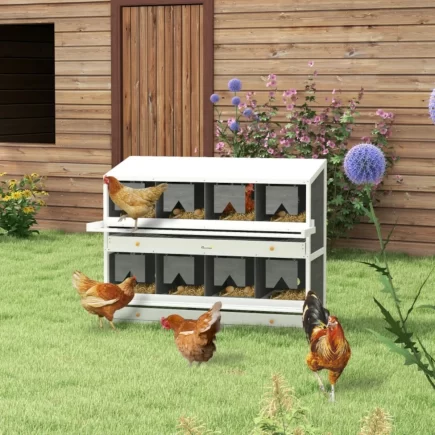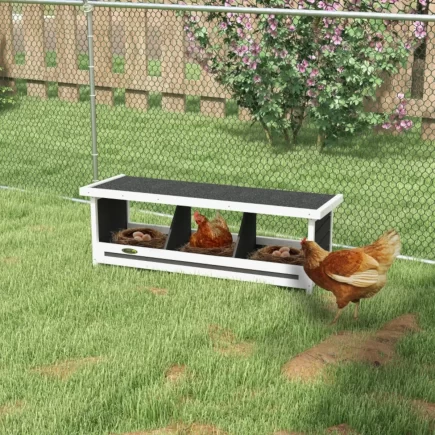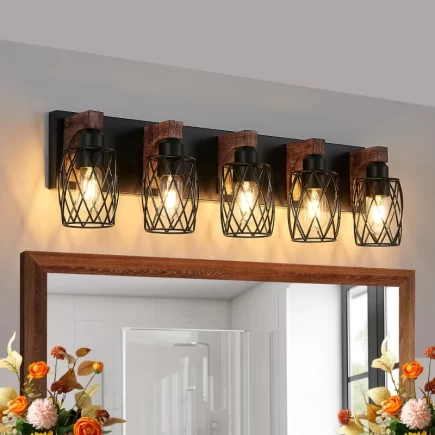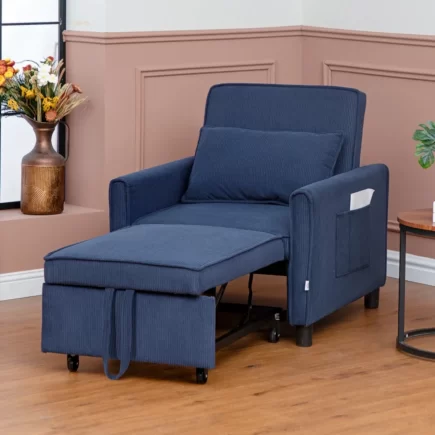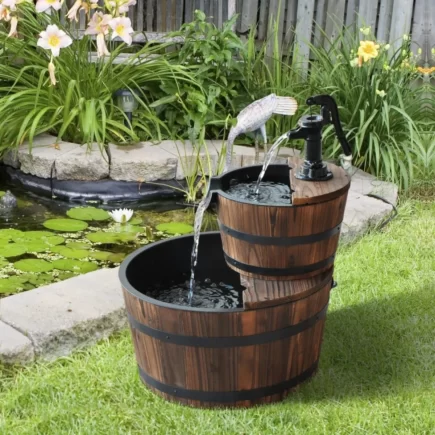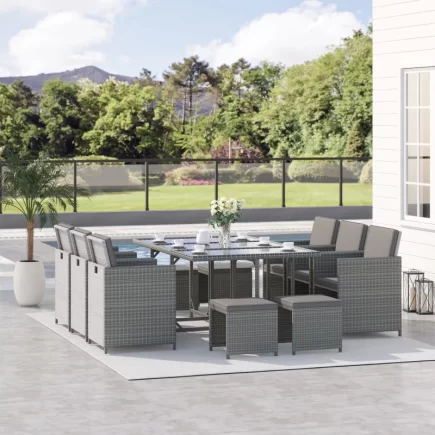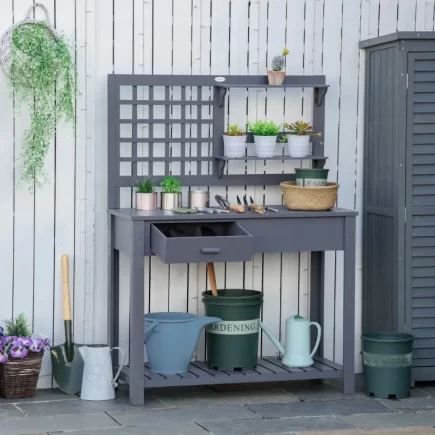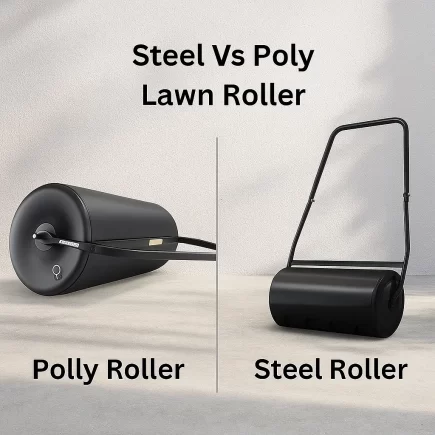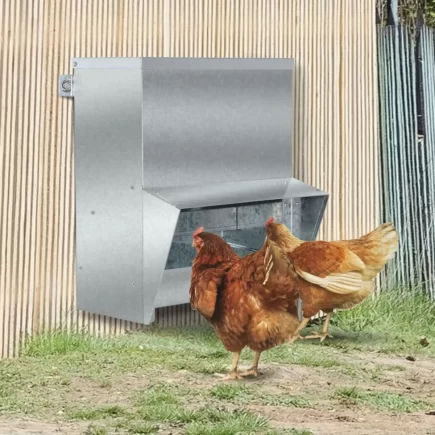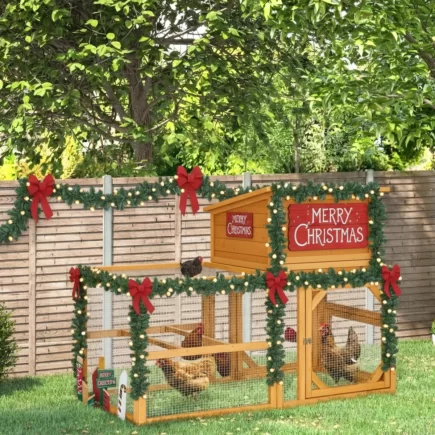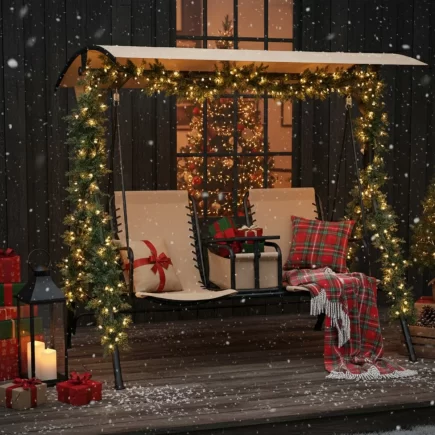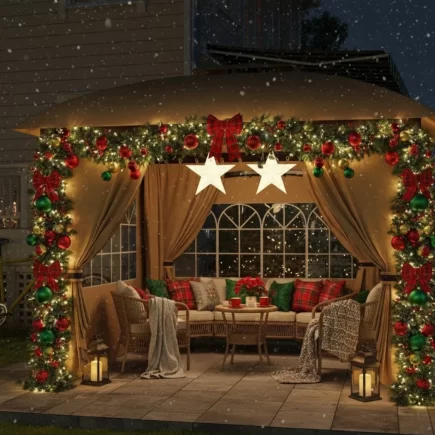When you’re camping in cold weather, the quality of your warmth directly impacts both your comfort and safety. Properly insulating yourself from the cold is not just about a good night’s sleep – it’s crucial for avoiding hypothermia, frostbite, and other cold-related health issues. Whether you’re embarking on a winter camping adventure, a chilly fall trip, or just dealing with unpredictable mountain weather, staying warm inside your tent can be the difference between a memorable experience and an uncomfortable, even dangerous, outing.

The primary elements to keeping warm are insulation, heating, and the right gear. Each plays a role in ensuring that you’re not only protected from the elements but also cozy enough to sleep soundly through the night. In this guide, we’ll walk you through everything you need to know about how to stay warm in your tent, from choosing the right shelter to selecting the best sleeping equipment.
Choose the Right Tent for Cold Weather
A good tent is the foundation of staying warm during winter camping. It’s essential that you choose one specifically designed to withstand the challenges posed by colder temperatures, wind, and snow.
Small Tents vs. Larger Tents
The size of your tent matters when it comes to warmth. Smaller tents are naturally warmer than larger ones because they have less air space to heat. The smaller volume of air inside means your body heat is more effective at warming up the tent. Larger tents, while offering more space, will require more insulation to retain warmth, which can be difficult to achieve, especially in extreme cold.
Tip: For solo or two-person trips, choose a small tent for better heat retention.
Four-Season Tents vs. Three-Season Tents
Not all tents are made equal when it comes to cold weather. Four-season tents are specifically designed to withstand harsher winter conditions, including snow, high winds, and freezing temperatures. These tents are built with stronger, more durable materials and are typically more insulated than their three-season counterparts. They often feature thicker fabric and a more robust frame to prevent snow buildup and minimize heat loss.
If you’re camping in cold but not extreme conditions, a three-season tent can suffice, but you’ll need to add additional insulation and heating measures.
Recommended Product: The Aosom Four-Season Winter Tent provides exceptional warmth retention and weather resistance, ideal for those cold-weather campers looking for a reliable shelter that can stand up to harsh conditions.

Waterproofing and Tight Construction
To keep the warmth inside your tent, ensure that it is properly waterproofed and sealed. Cold, wet conditions can sap the warmth from your shelter, making the interior feel colder than the outside. A tightly constructed tent helps prevent drafts and ensures that the heat you generate stays inside.
Tip: When shopping for a tent, make sure to check for features such as reinforced seams and strong zippers that provide a solid seal against the wind and rain.
Suggested Product: The Waterproof Tent is a great option for those seeking a tent with high-quality waterproofing, keeping you dry and warm during wet conditions.

Proper Campsite Selection for Heat Retention
Once you have the right tent, the next step is picking the right spot for your campsite. Your campsite location plays a significant role in your ability to stay warm at night.
Avoid Valleys and Wind-Exposed Spots
One of the biggest challenges in cold-weather camping is dealing with wind chill. In valleys, cold air naturally settles, making these areas colder than higher ground. Additionally, exposed locations on ridges or open plains can leave you vulnerable to harsh winds, making your tent feel much colder than it actually is.
Tip: Opt for a sheltered area, ideally nestled between trees or behind a natural windbreak, such as a hill. These locations provide protection from the wind and offer natural insulation.
Maximize Sunlight Exposure
During the day, take advantage of the sun’s warmth. Set up your tent where it will receive direct sunlight for most of the day, allowing the interior to warm up slightly before the temperature drops at night. While the warmth won’t last all night, it can make a significant difference during those initial hours after you enter your tent.
Tip: Set up your camp in a spot that’s clear of snow in the daytime and get the most sunlight possible.
Insulation Solutions: Keep the Heat Inside
Once your tent is set up, the next task is to retain as much heat as possible inside the tent.
High R-Value Sleeping Pads
The ground beneath you can absorb a lot of your body heat, so choosing the right sleeping pad is crucial. Sleeping pads are rated based on their R-value, which measures their insulation effectiveness. An R-value of 4 to 5 is considered adequate for most cold-weather camping situations, but you may need a higher rating for extremely low temperatures.
Tip: Look for sleeping pads with a high R-value to ensure you stay insulated from the cold ground.
Recommended Product: The Insulated Sleeping Pad offers excellent thermal protection, with an R-value suitable for winter camping.

Sleeping Bag Liners and Quilts
Sleeping bag liners are lightweight, compact, and a great way to add extra warmth to your sleeping bag. Quilts can also provide additional insulation for colder nights. When combined with a sleeping bag rated for colder temperatures, they can be highly effective in preventing heat loss.
Tip: Adding a liner or quilt to your sleeping system can provide an additional layer of warmth without the bulk of a heavier sleeping bag.
Groundsheet or Tarp
Placing a groundsheet or tarp underneath your tent can help to insulate against cold ground temperatures, providing an extra barrier against the cold and moisture.
Tip: Choose a tarp made from waterproof material to ensure the ground beneath your tent remains dry and insulated.
Portable Heating Devices: Safe Solutions
Sometimes, additional heat sources can make your camping experience far more comfortable. However, safety must always come first when using heating devices in a tent.
Tent Heaters
If you’re planning to use a tent heater, ensure you choose a model designed for camping. Never use a heater inside your tent while you’re sleeping. Always turn it off before bed to avoid carbon monoxide risks and the danger of fire.
Tip: Choose battery-powered or solar-powered heaters to reduce the need for fuel and ensure a lightweight, portable solution.
Hot Water Bottles

An easy and safe method to warm up your tent is by using hot water bottles. Simply boil some water before heading to bed and place the bottles in your sleeping bag for warmth throughout the night.
Tip: Always ensure your water bottles are tightly sealed to prevent leaks.
Maximizing Body Heat: Clothing and Sleeping Strategies
Your body heat is a powerful tool for staying warm. Proper clothing and sleeping strategies can make a huge difference.
Layering Your Clothing
Layering is key to staying warm. Start with moisture-wicking base layers to keep sweat away from your skin, add an insulating layer such as fleece or down, and top it off with a waterproof and windproof outer layer to protect from the elements.
Tip: Make sure to have extra layers available in your tent in case the temperature drops further overnight.
Use of Balaclava and Hand Warmers
A balaclava is a great addition to your cold-weather clothing, as it helps to keep your head, face, and neck warm. Additionally, hand warmers are a convenient way to add warmth to your gloves or sleeping bag.

Tip: Always keep a few extra hand warmers in your pockets or sleeping bag for immediate warmth.
Additional Tips for Staying Cozy
- Extra Blankets: Bring extra blankets to supplement your sleeping bag, especially if you’re in an especially cold environment.
- Warm Beverages: Stay hydrated and warm with hot drinks before bed, such as tea, hot chocolate, or soup.
Conclusion: Preparing for Cold Weather Camping
Cold weather camping is an exciting and rewarding experience, but it requires careful preparation. By choosing the right tent, insulating effectively, and using the proper clothing and heating devices, you can stay warm and enjoy your winter adventure to the fullest. Always prioritize safety, and ensure that your gear is designed for cold-weather use.
FAQs
1. Is it a good idea to use a camp stove inside the tent for warmth?
No, using a camp stove inside the tent is extremely dangerous due to the risk of carbon monoxide poisoning and fire hazards. Instead, cook outside or in a well-ventilated area, and focus on insulating your tent and wearing warm layers for heat.
2. How do I prevent my water from freezing overnight?
To prevent water from freezing, keep bottles inside your sleeping bag or wrap them in insulation. Storing them upside down also helps since water freezes from the top down. Adding a pinch of salt to the water can slightly lower the freezing point, but it’s not suitable for drinking.
3. Are there any food or drinks that help keep you warm at night?
Warm, high-calorie meals before bed help maintain body heat. Foods rich in proteins and fats generate more metabolic heat. Hot drinks, like herbal tea or hot chocolate, can warm you up but avoid caffeine or alcohol, as they can cause heat loss and dehydration.
4. What are the biggest mistakes to avoid when camping in cold weather?
Avoid wearing cotton, as it holds moisture and chills quickly. Never close your tent completely, as it can lead to condensation buildup. Don’t underestimate the importance of insulating the ground beneath you, as much heat loss occurs from below. Proper planning, layering, and insulation are key to staying warm and safe.
5. Can I use a regular summer tent in cold weather?
While it’s possible to use a summer tent in cold weather, it requires significant preparation. Insulate the tent by adding a thermal tarp over the top and using extra padding on the ground. Line the inner walls with emergency blankets to help reflect body heat. Double up on sleeping bags and make sure you’re dressed in insulated layers. However, be aware that summer tents are often not designed to withstand heavy snow or strong winds, so choose your location carefully and avoid extreme conditions.

